Unify the country in terms of the State
After the great victory in the Spring of 1975, the South was completely liberated, the country was reunited, but in the two regions there existed two States with two Governments . That is, the Government of the Democratic Republic of Vietnam and the Provisional Revolutionary Government of the Republic of South Vietnam. The urgent issue that the Central Executive Committee of the Vietnam Workers' Party at that time put forward was to unify the country in terms of the State. This was also the most earnest wish of the people of the whole country.
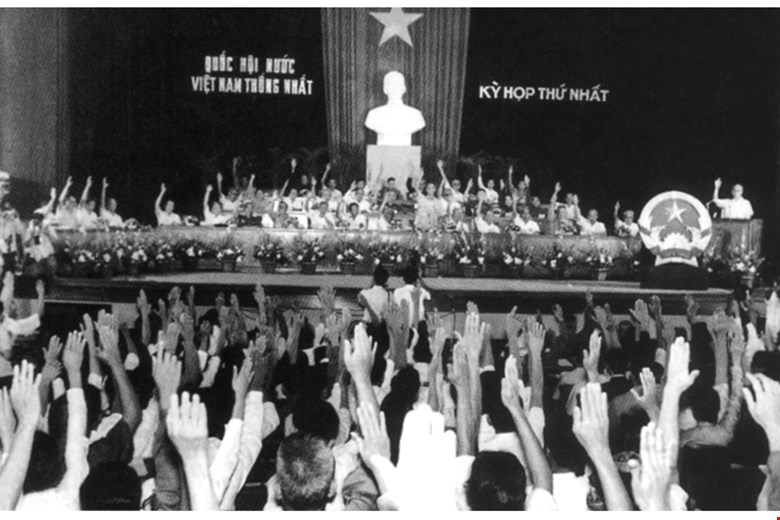
To carry out this urgent task, from November 15 to 21, 1975, in Saigon city, representatives of the people of the two regions of the South and the North held a Political Consultation Conference to discuss this key and important issue. The conference emphasized, “It is necessary to organize a general election soon throughout the entire territory of Vietnam to elect a common National Assembly for the whole country. As the highest state power body of a completely independent and socialist Vietnam, that National Assembly will determine the State regime, elect the State leadership bodies and stipulate the new Constitution of a unified Vietnam” (1) .
According to Directive No. 228-CT/TW, dated January 3, 1976 of the Politburo, the general election to elect a common National Assembly "will be conducted throughout the country on the same day, according to truly democratic principles: universal, equal, direct and secret suffrage. These principles will be applied in the South to suit the specific conditions of the South" (2) .
Implementing the Politburo's Directive on leading the general election to elect the National Assembly of the whole country, the Standing Committee of the National Assembly of the Democratic Republic of Vietnam and the Advisory Council of the Provisional Revolutionary Government of the Republic of South Vietnam agreed to establish a National Election Council with an equal number of delegates from each region. According to the Political Consultation Conference, the National Election Council consists of 22 delegates. Each region elects 11 delegates, the Council has 1 Chairman and 1 Vice Chairman. The Chairman of the Election Council is comrade Truong Chinh, the Vice Chairman of the Election Council is comrade Pham Hung.
To ensure the implementation of the Politburo's policy on the election of National Assembly deputies, based on the specific conditions at that time, each region established its own Election Council: In the North, the election presiding agency was the Standing Committee of the National Assembly of the Democratic Republic of Vietnam. In the South, the election presiding agency was the Advisory Council of the Provisional Revolutionary Government of the Republic of South Vietnam. The Election Council of each region was responsible for inspecting and urging the implementation of election laws; reviewing and resolving complaints about the election work; receiving and checking election records sent by electoral units before sending them to the National Election Council.
Our people entered the General Election with an excited spirit, proud of the glorious victory achieved with deep confidence in the wise leadership of the Vietnam Workers' Party and the glorious future of the Vietnamese nation. According to the decision of the National Election Council, the General Election was held on April 25, 1976. This was truly a great festival for the entire Vietnamese nation. In the jubilant atmosphere, more than 23 million voters, in the position of the masters of the country, enthusiastically performed their civic duty, electing worthy people to be representatives of the highest state power agency of an independent and unified Vietnam.
The election was conducted quickly and achieved good results. The voter turnout nationwide reached 98.77%, with the North reaching 99.36% and the South reaching 98.59%. Voters selected and elected 492 representatives in the first round, with no re-election or additional elections required. Of the total number of elected representatives, workers accounted for 16.26%, farmers 20.33%, craftsmen 1.22%, political cadres 28.66%, revolutionary soldiers 10.97%, intellectuals 18.50%, democratic and religious figures 4.06%, female representatives 26.21%, and representatives of ethnic minorities 14.28% (3) .
The result of the General Election was a decisive victory on the path towards completing the country's reunification in terms of the State. The composition of the National Assembly deputies chosen by voters clearly reflected the image of the great national unity bloc in the highest state power organ of a peaceful, independent, unified and socialist Vietnam.
The First Session of the Sixth National Assembly and important resolutions
On June 24, 1976, the first session of the unified National Assembly opened in Hanoi. The Presidium presiding over the session consisted of 36 members, including comrades Ton Duc Thang, Nguyen Luong Bang, Le Duan, Truong Chinh, Pham Van Dong, Pham Hung, Nguyen Huu Tho, Huynh Tan Phat...
On behalf of the Presidium of the session, the Chairman of the Advisory Council of the Provisional Revolutionary Government of the Republic of South Vietnam, Lawyer Nguyen Huu Tho, delivered the opening speech, affirming, “ This session of the National Assembly is a milestone in the history of the development of our State. For several months now, workers, farmers, soldiers and other classes of people throughout the country have launched a vigorous emulation movement to achieve results in welcoming the National Assembly nationwide. That proves that our people warmly welcome the new National Assembly and place great hope in the National Assembly. ” 4 The Chairman requested that National Assembly deputies make every effort to fulfill their duties as deputies to meet the expectations of the people nationwide.
On behalf of the National Election Council, President Truong Chinh reported to the National Assembly on the situation and results of the general election to elect the National Assembly of the whole country on April 25, 1976. The general election took place in a peaceful situation. The people of the whole country entered the general election with an excited spirit, proud of the glorious victory they had achieved. The experience of the National Assembly election accumulated by our people over the past decades has had a good effect on this general election. The general election was a great success. The whole country elected the required number of representatives in the first round with the structure and composition figures close to the expectation. That affirmed the iron will of the whole people to overcome difficulties and successfully build a peaceful, independent, unified, democratic and socialist Vietnam...
On behalf of the Central Executive Committee of the Vietnam Workers' Party, First Secretary Le Duan presented to the National Assembly the Political Report " The whole people unite to build a unified socialist Vietnam". The report stated: The First Session of the 6th National Assembly is the session that completed the unification of the country in terms of the State. This is an extremely important event in the political life of Vietnam, opening a period when our people embarked on the cause of building in our Fatherland the most beautiful society in the history of the nation, bringing our Fatherland forward step by step to fully implement the sacred Testament of President Ho Chi Minh, which is " Building a peaceful, unified, independent, democratic and prosperous Vietnam, and making a worthy contribution to the world revolutionary cause "...
Concluding the report, First Secretary Le Duan solemnly told the National Assembly: The history of the nation has turned to a great turning point. “ To fulfill its historical mission in the new period, the Vietnam Workers' Party promises to the National Assembly and the people to strictly follow President Ho's teachings: “We must keep our Party truly clean, worthy of being the leader, the truly loyal servant of the People ” (5) .
During the session, the National Assembly discussed all the reports presented to the National Assembly. On July 2, 1976, the National Assembly unanimously passed 6 important resolutions, of which the Resolution on the name of the country, the national flag, the national emblem, the capital and the national anthem of the unified Vietnam was passed first.
The full text of the Resolution is as follows:
“RESOLUTION OF THE FIRST SESSION, VITH NATIONAL ASSEMBLY,
JULY 2, 1976 ON COUNTRY NAME, NATIONAL FLAG, NATIONAL EMBLEM, CAPITAL, NATIONAL ANTHEMNATIONAL ASSEMBLY OF THE SOCIALIST REPUBLIC OF VIETNAM
After discussing the proposal of the Presidium of the National Assembly sessionRESOLUTION :
1. Vietnam is an independent, unified and socialist country called the Socialist Republic of Vietnam.
2. The national flag of the Socialist Republic of Vietnam has a red background and a five-pointed yellow star in the middle.
3. The national emblem of the Socialist Republic of Vietnam is circular, with a five-pointed golden star in the middle, surrounded by ears of rice, and below it is half a cogwheel and the words “Socialist Republic of Vietnam”.
4. The capital of the Socialist Republic of Vietnam is Hanoi.
5- The national anthem of the Socialist Republic of Vietnam is the song Tien Quan Ca.
TM. PRESIDENTIAL BOARD
TRUONG CHINH”(6)
Next are the Resolutions: Name of the National Assembly elected in the General Election on April 25, 1976; Organization and operation of the State while there is no new Constitution; Establishment of the Constitution Drafting Committee of the Socialist Republic of Vietnam; Officially naming Saigon - Gia Dinh city as Ho Chi Minh City; The issue of establishing National Assembly Committees.
To demonstrate the continuity of the State through the stages of the revolutionary struggle of our people since the August Revolution in 1945, at the request of the Presidium of the session, the National Assembly discussed and passed a resolution on the name of the National Assembly elected in the General Election on April 25, 1976, the 6th National Assembly, with the meaning of continuing the work of the 5 previous National Assembly terms. While waiting for a new Constitution, the National Assembly also passed a resolution on the regulation that the Vietnamese State will organize its activities on the basis of the 1959 Constitution of the Democratic Republic of Vietnam.
The central state organization of the Socialist Republic of Vietnam includes: the National Assembly; the President and two Vice Presidents; the Standing Committee of the National Assembly; the Government Council; the National Defense Council; the Supreme People's Court; and the Supreme People's Procuracy.
With such important resolutions, the First Session of the 6th National Assembly was truly a very special session, building and perfecting the state apparatus of a unified, independent, free, democratic, and socialist country. On behalf of the elected officials holding positions in the State's leadership agencies, President Ton Duc Thang spoke and promised the National Assembly and the people of the whole country that he would continue to do his best to serve the Fatherland, serve the People and believed that, " Under the flag of a hundred battles, a hundred victories of the Vietnam Workers' Party, our State and our heroic People will certainly successfully build a peaceful, independent, unified, and socialist Vietnam " (7) .
On that basis, with the wise leadership of our Party, State and People over the past 48 years, we have continued to make efforts to build an increasingly prosperous country, an increasingly solid socio-economic development, people's lives have been gradually improved; regional integration and international integration have become increasingly deeper. As General Secretary Nguyen Phu Trong affirmed: "With all modesty, we can still say that: Our country has never had such a foundation, potential, position and international prestige as it does today" (8) .
____________
(1) Announcement of the Political Consultative Conference for National Reunification on November 21, 1975.
(2) Complete Party Documents, volume 37, page 2; National Political Publishing House, Hanoi 2004.
(3) Complete National Assembly documents, volume 5, page 17; National Political Publishing House, Hanoi 2009.
(4) As (3), pages 6, 7.
(5) As (3), page 67.
(6) As (3), pages 73, 74.
(7) As (3), page 96.
(8) Communist Magazine, No. 966 (5.2021), page 12.
Source: https://daibieunhandan.vn/quoc-hoi-va-cu-tri/quyet-dap-lich-su-cua-quoc-hoi-va-danh-xung-nuoc-cong-hoa-xa-hoi-chu-nghia-viet-nam-i386437/


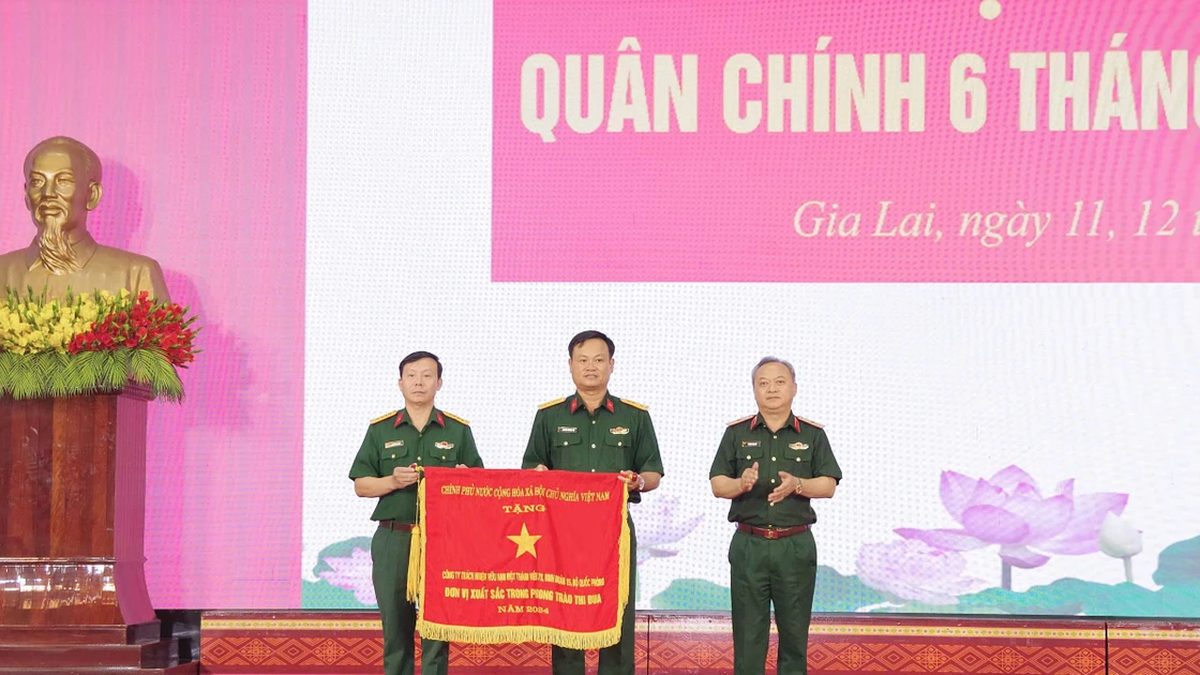



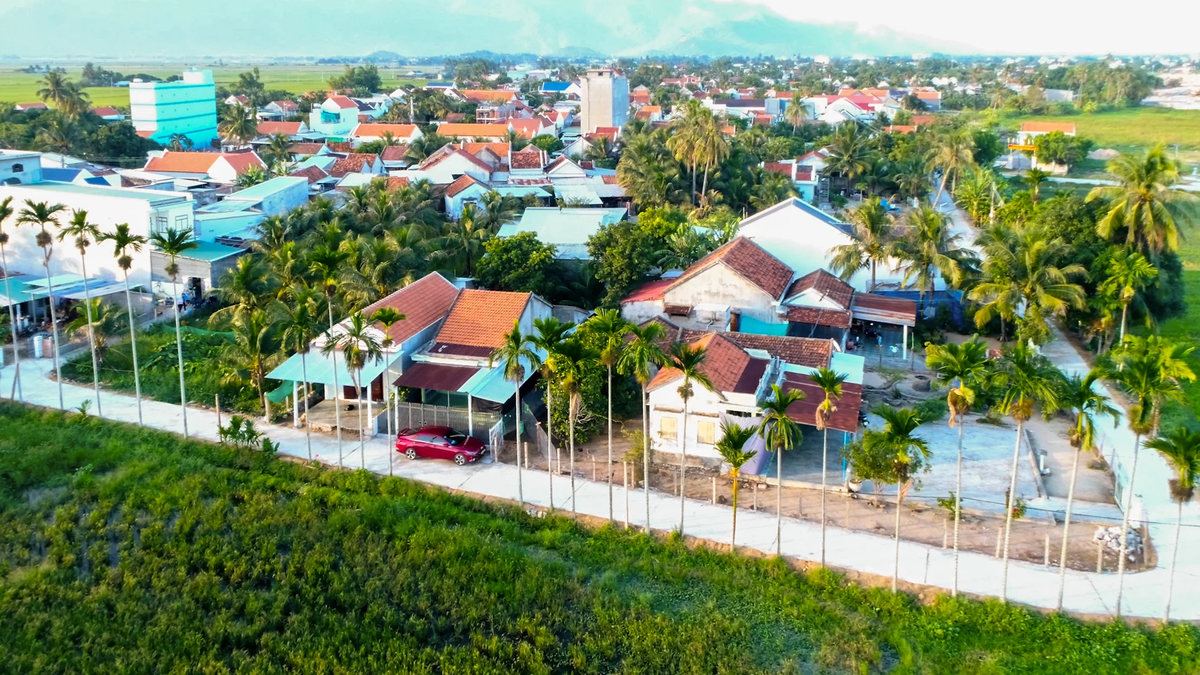
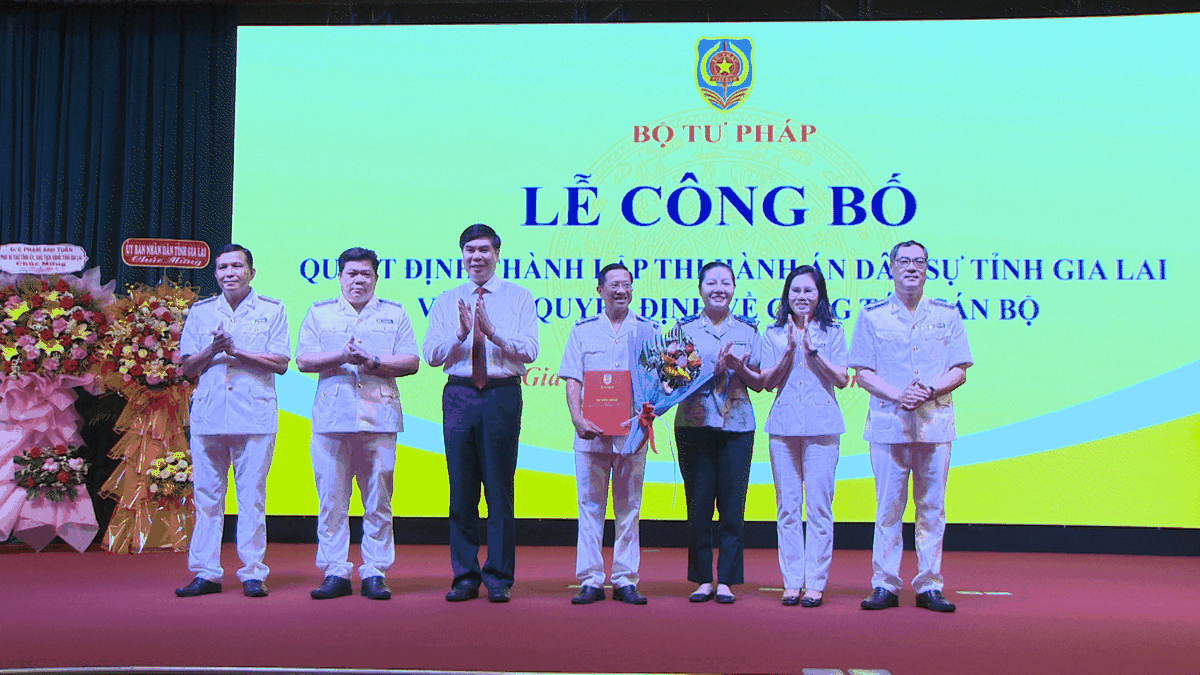
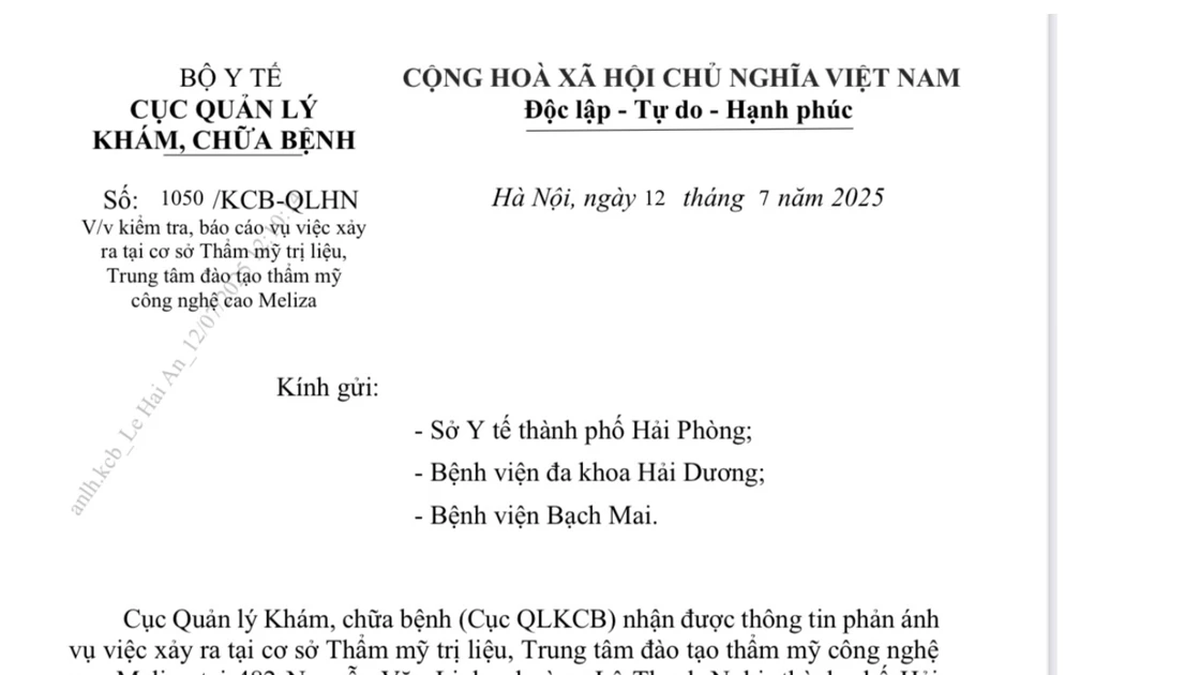
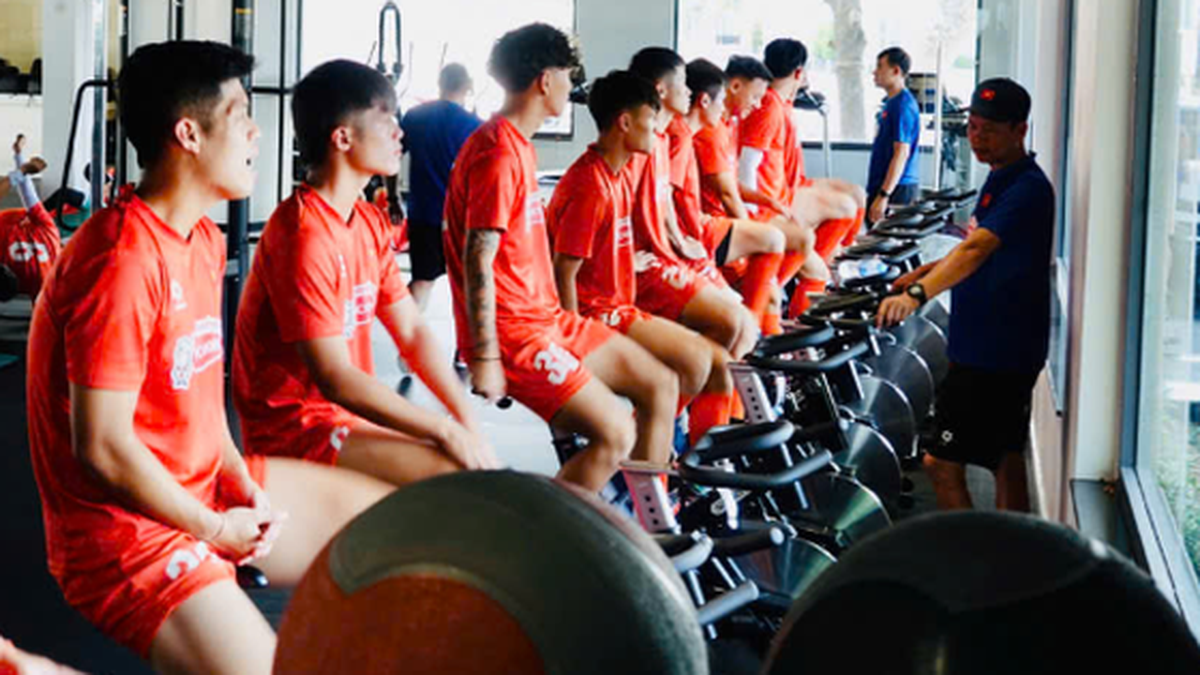
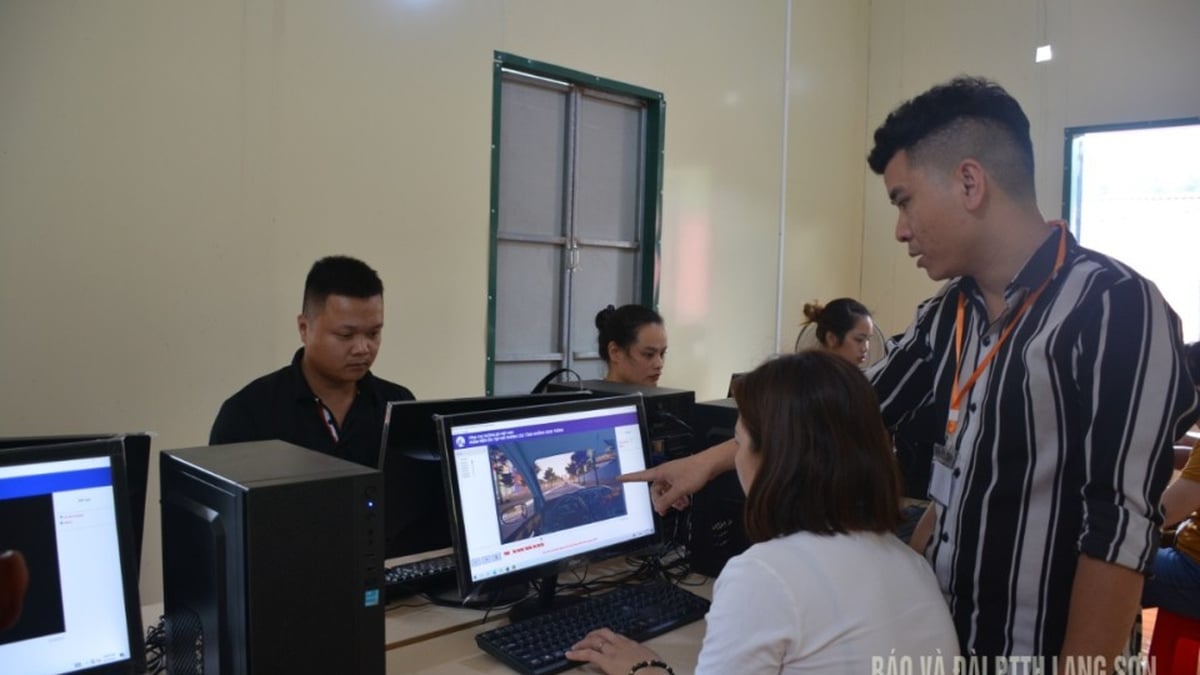
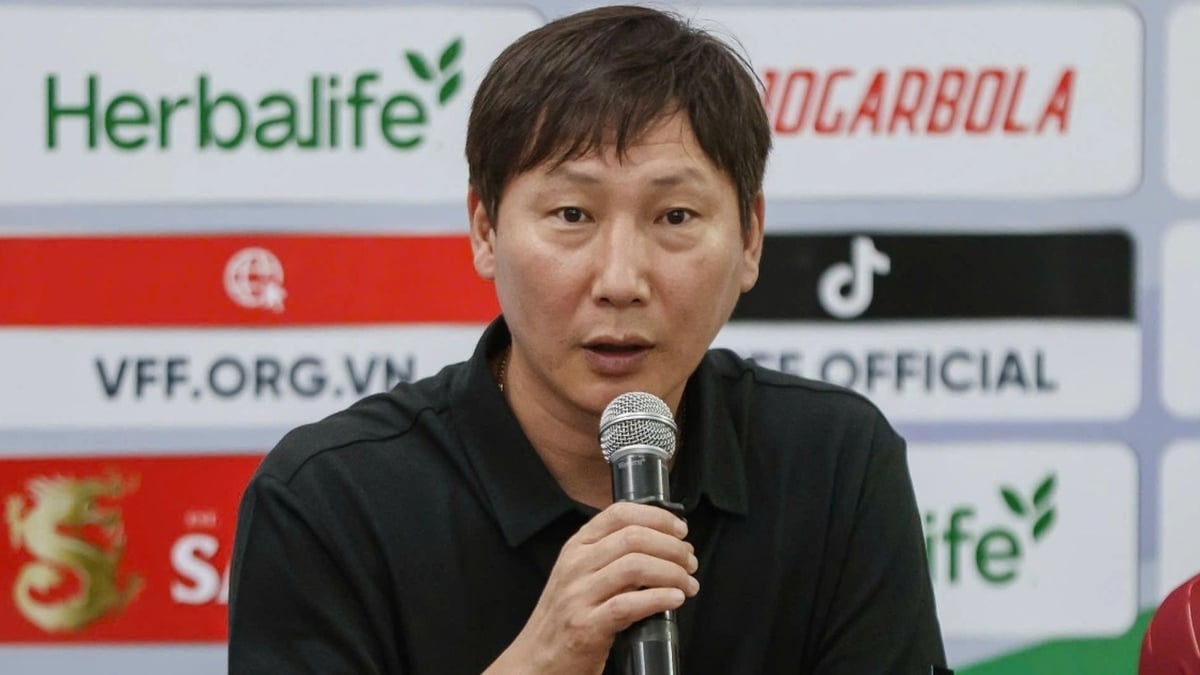













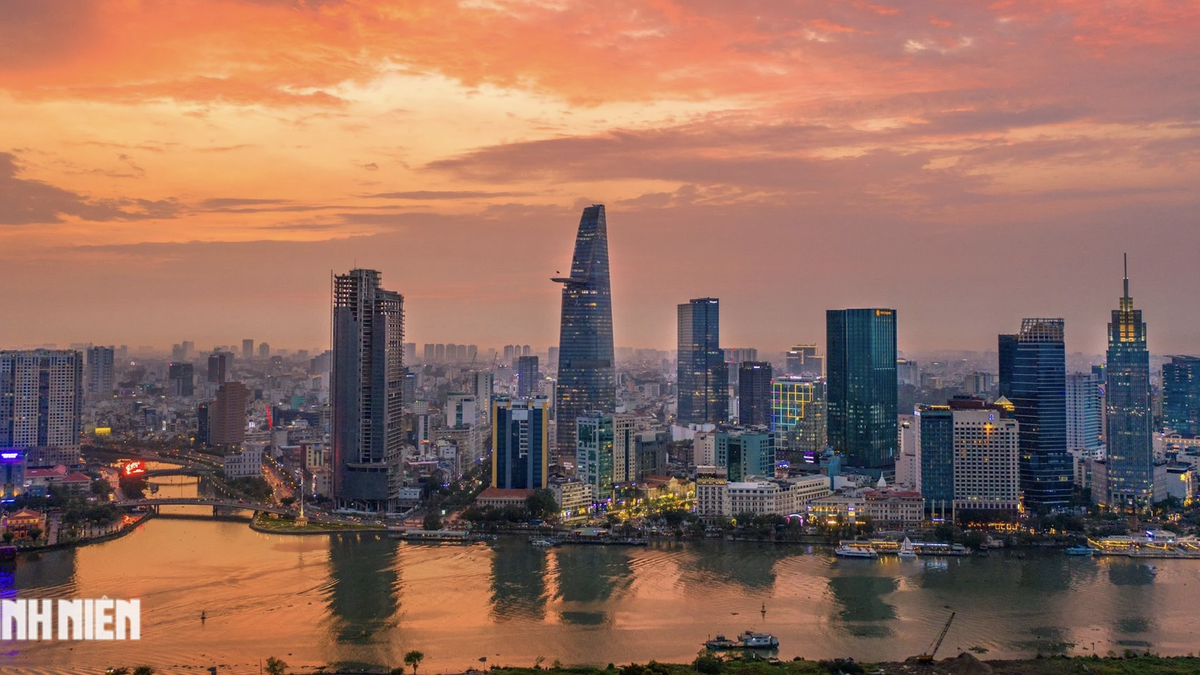



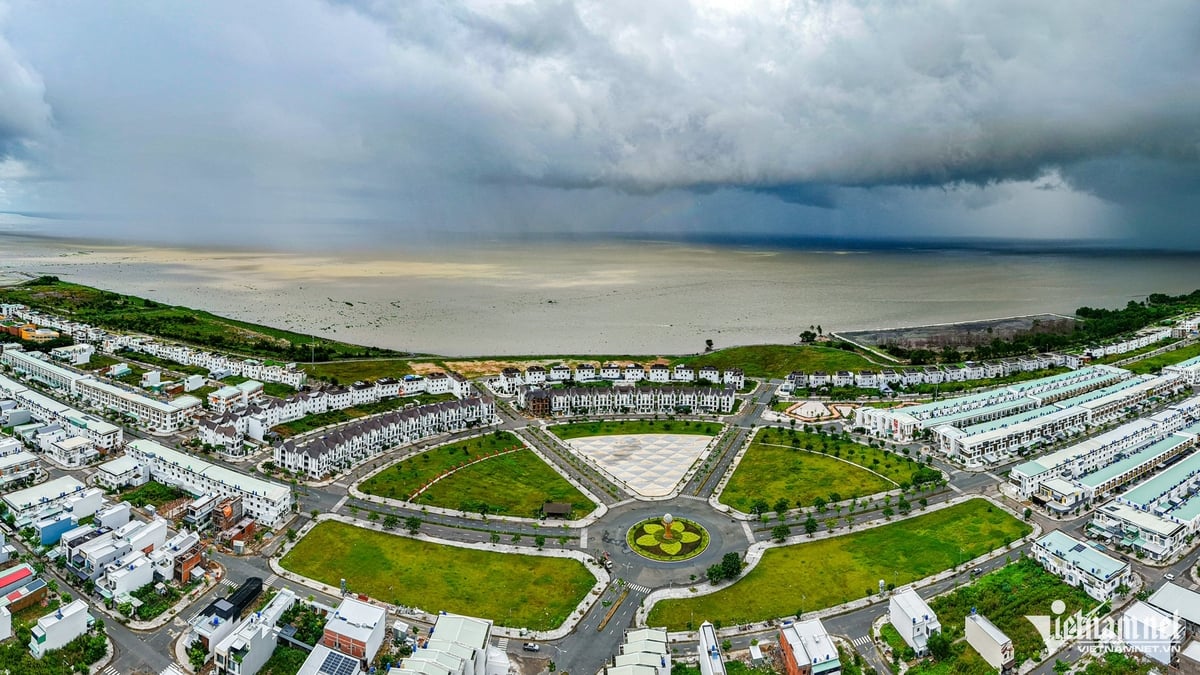

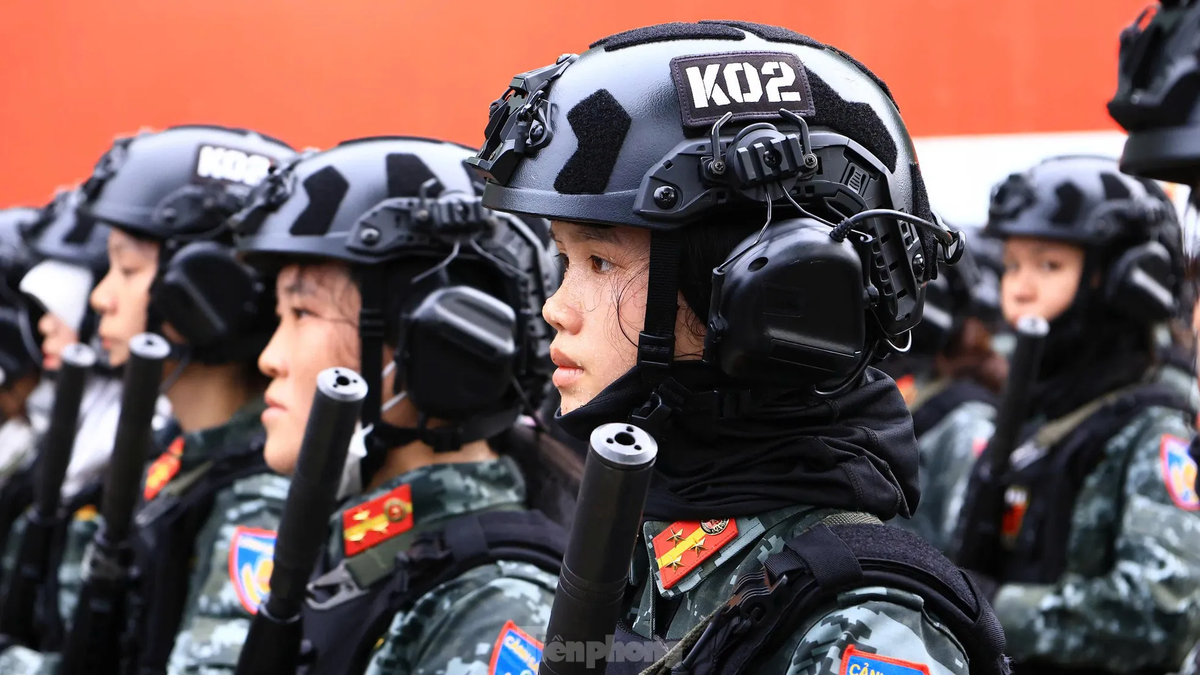
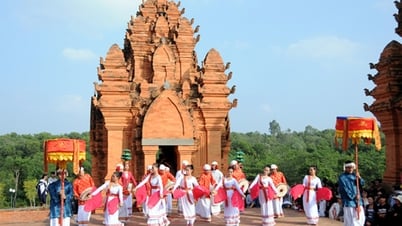





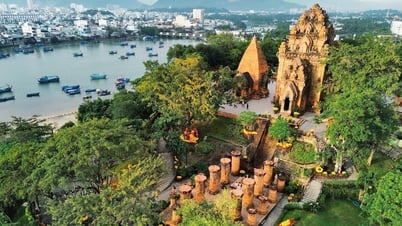



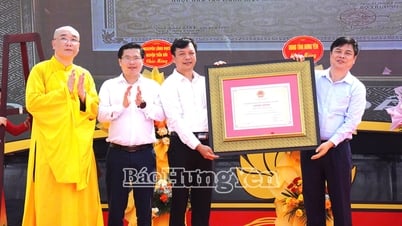

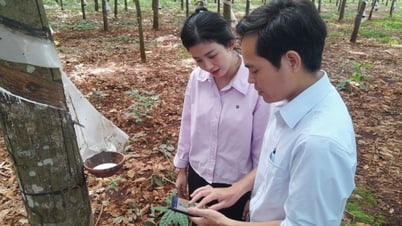

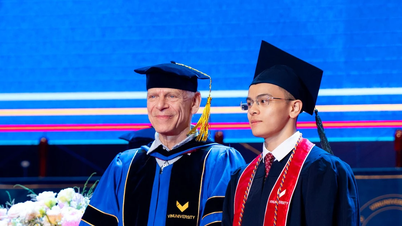


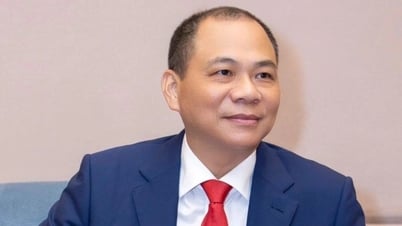

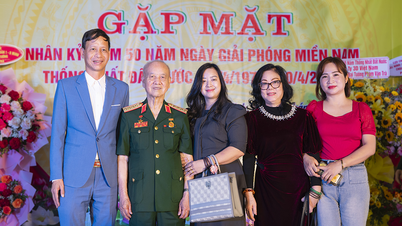

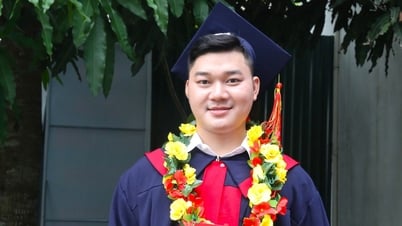





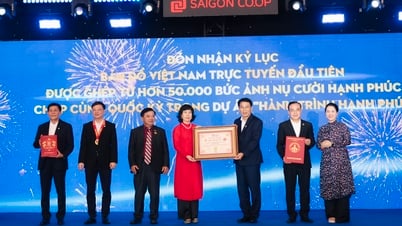
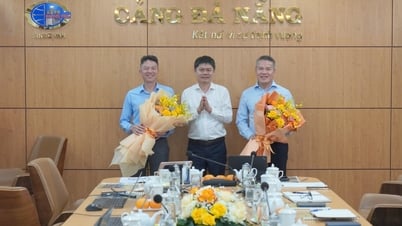
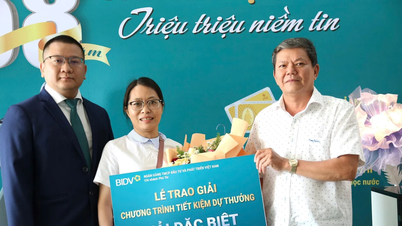





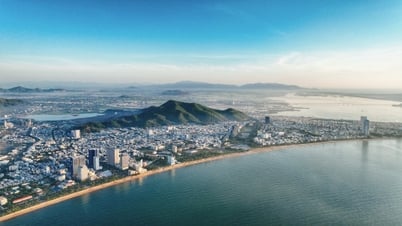


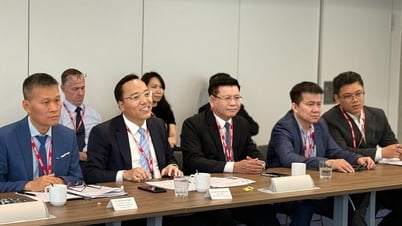

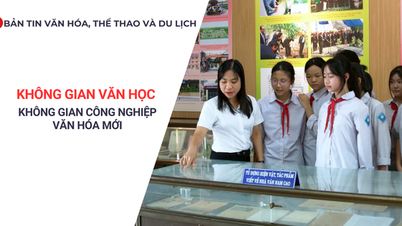

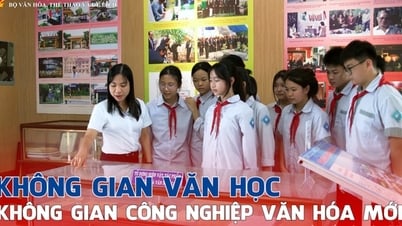
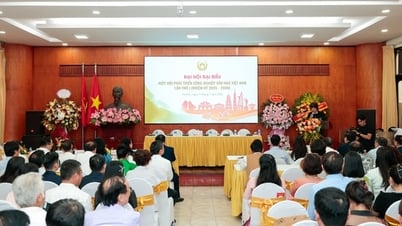
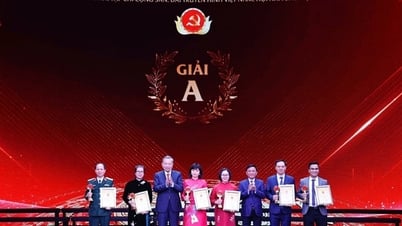
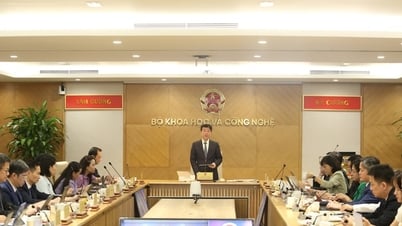








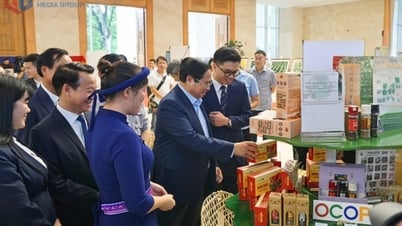

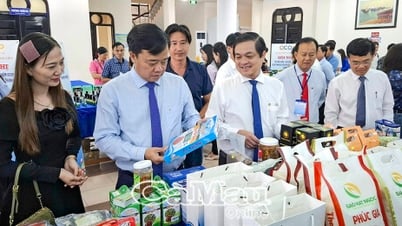





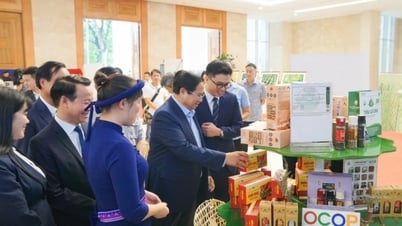


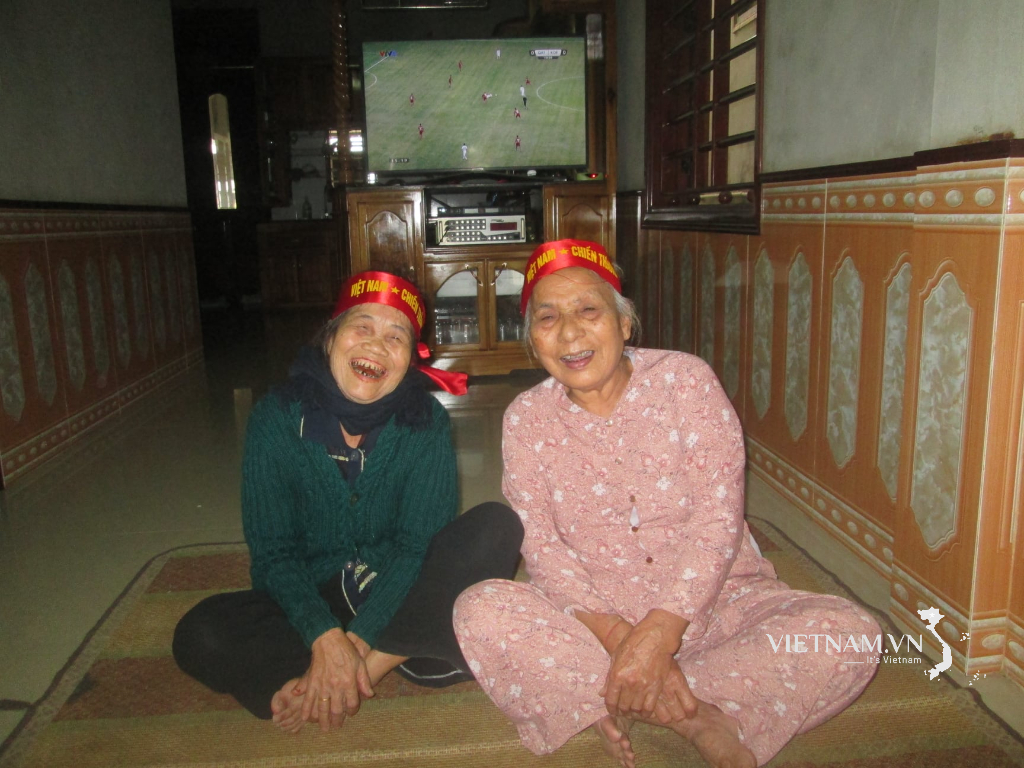

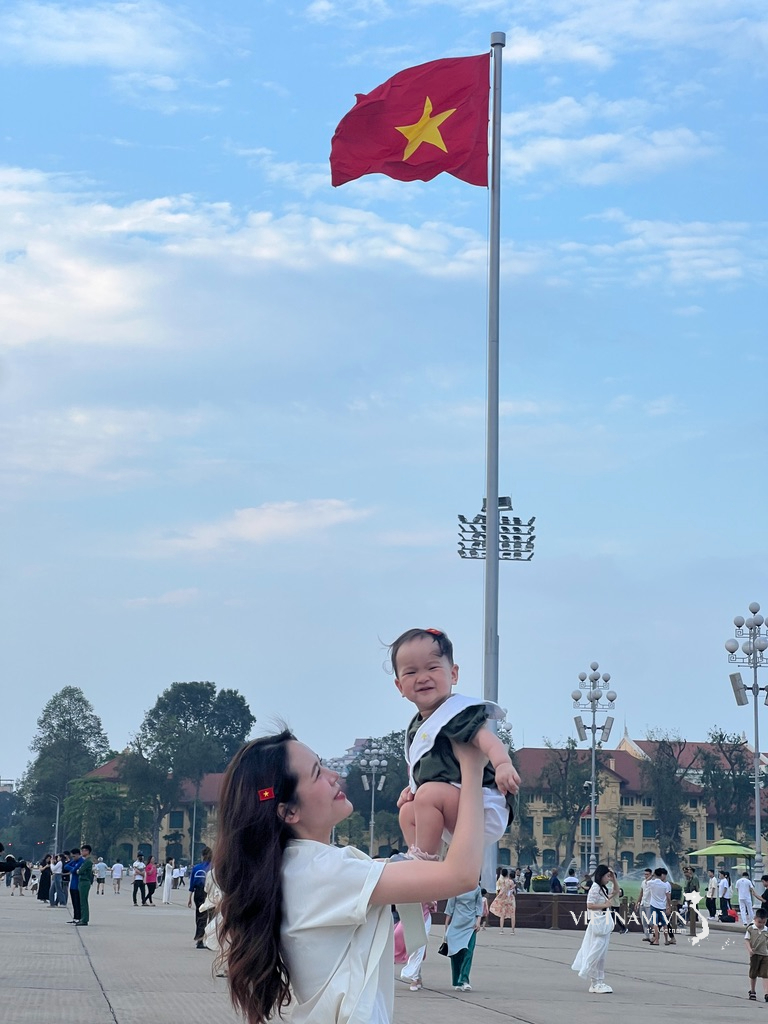

Comment (0)